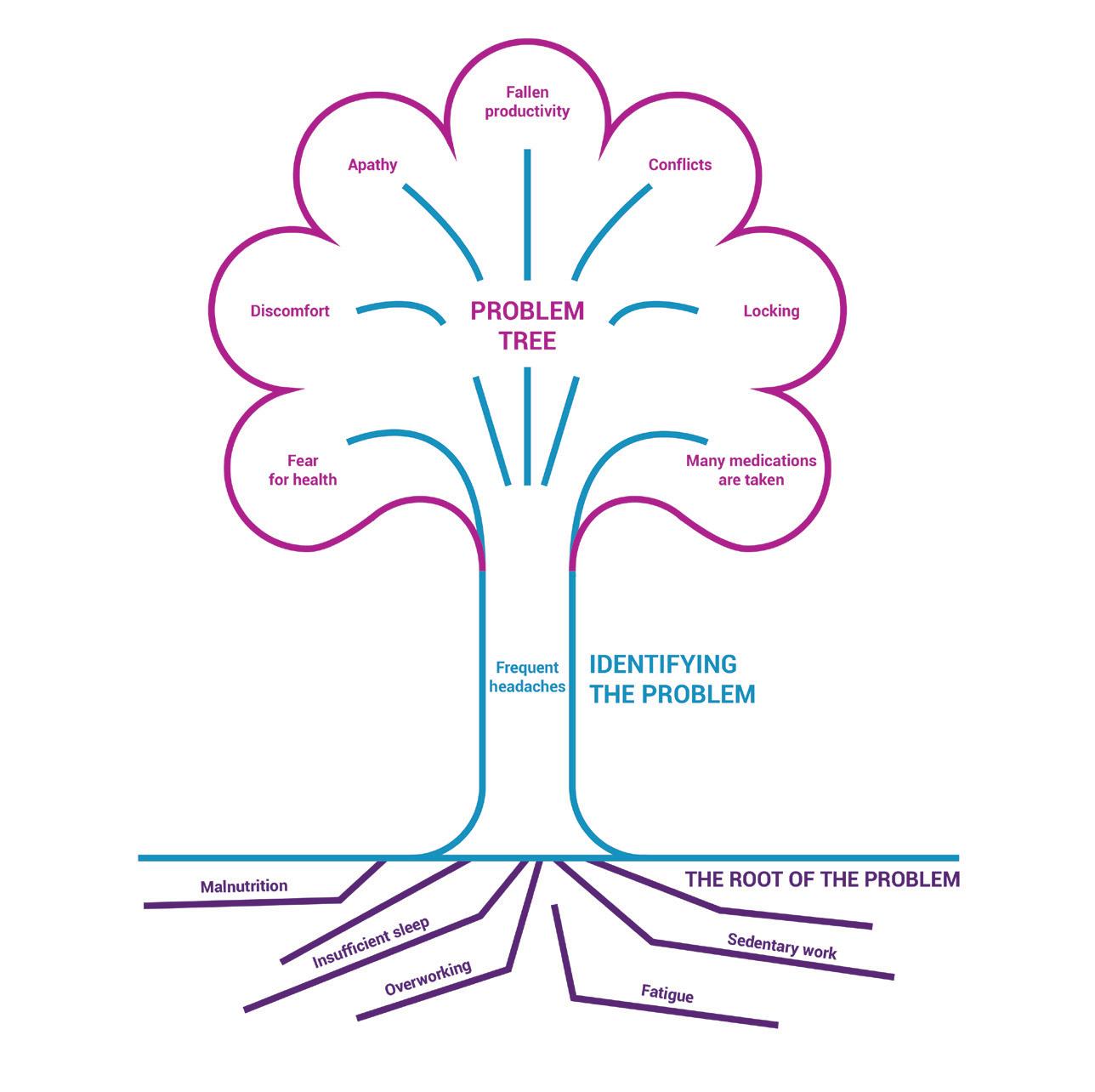MODULE: Goals and motivation SUBJECT TITLE: Learning and thinking Gintarė Joteikaitė
Subject title
Purpose of the activity
Duration
Learning and thinking To introduce young people with the peculiarities of thinking and learning, helping to form healthy habits that enhance the process of learning through various experiences.
2–3 hours.
Projector, flip chart, large paper sheets, writing tools. Location and tools
Number of participants
Note: information about the Kolb‘s learning circle or the Pollardo‘s learning circle can be presented picturesquely in space by placing parts of the cycle titles on the floor and telling about them by approaching each of them instead of preparing the usual presentation.
Unlimited, preferably no more than 30 participants. Participants are invited to divide into groups of 4–5 people. The training‘s leader hands out a large sheet of paper and writing tools to each group and invites them to describe and/or illustrate the answers to the following two questions:
Acquaintance/ team building methods
1. What are the conditions for successful learning? 2. Describe any learning process from beginning to end (from beginning to integration into everyday life). Time to complete the task: 15–20 min. After completing the task, each group presents their work, each participant says his/her name. Task no. 1 Time to complete the task: 20–30 minutes . Participants are invited to remember and choose any significant situation in their life and to examine it in detail by answering the following questions: 1. What was the specific experience? What specific facts, images, sounds, experiences accompanied this experience?
Practical tasks
2. How did the reflection process go? What emotions, thoughts, questions dominated at that time? 3. What specific conclusions were drawn in the course of the reflection? What made it possible to draw exactly such conclusions? 4. What decisions have been taken with respect to these conclusions? 5. What new experiences have been gained from this concrete situation? Task no. 2 Time to complete the task: 10–15 minutes. Participants are invited to remember and self-assess four different experiences which they would currently experience in four different stages: Experience, Reflection, Conceptualization, or Action Planning.
74










